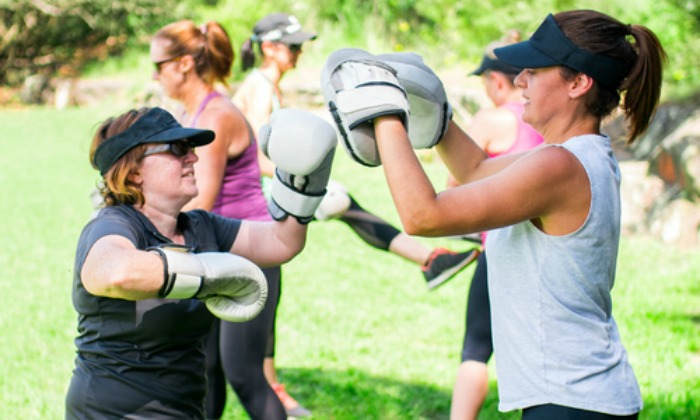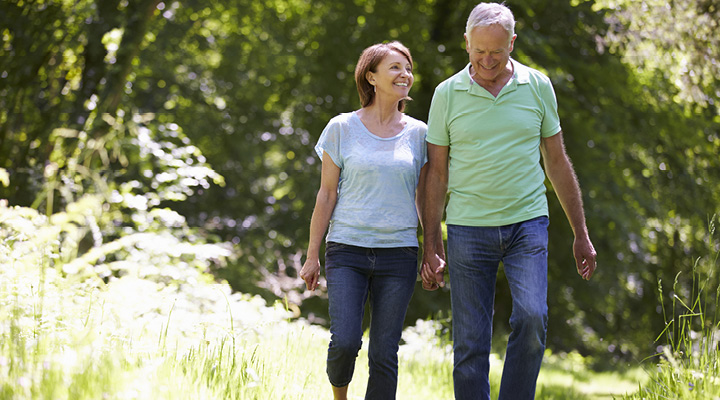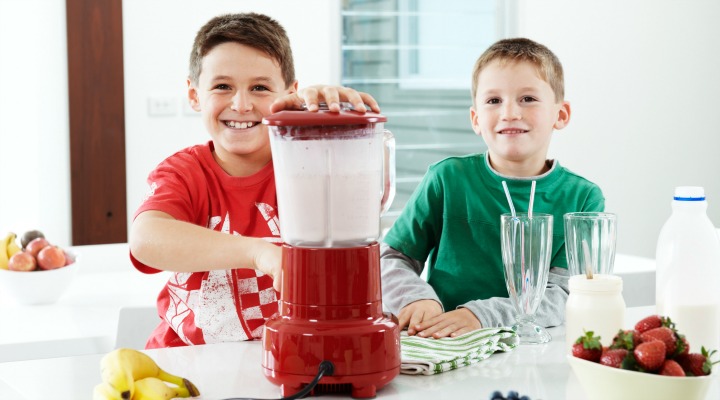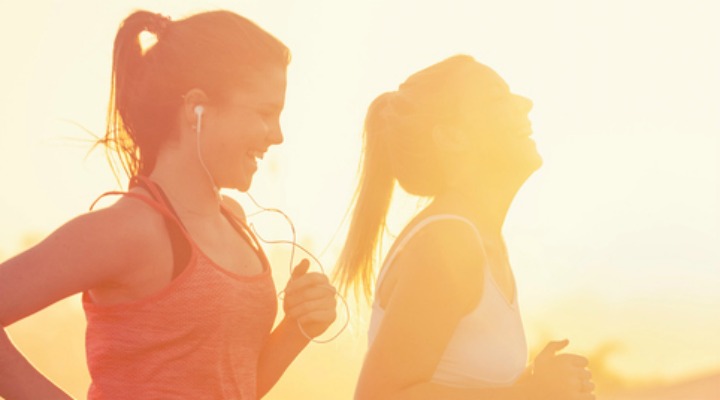
Healthy Bones For Adults
Stronger bones, stronger you
Peak bone mass is reached when you’re in your late twenties, and, after this it is vital to continue to get adequate calcium, exercise and vitamin D to maintain the bones you've built.
Poor bone health affects 2 in 3 Australians and can lead to serious fractures which can cause chronic pain, disability and loss of independence.
Taking some simple actions can give your bones the best chance of remaining strong.
What are the best sources of calcium?
Calcium is one of the main building blocks of bone and if we don't get enough through our diet, the calcium within our bones is used for other important body functions such as muscle and nerve function. Over time bone strength can decline, increasing our risk of osteoporosis.
Milk, cheese and yoghurt are rich sources of calcium. These foods belong to the dairy food group - one of the five food groups recommended in the Australian Dietary Guidelines.
Calcium can also be found in other foods, however meeting calcium needs without dairy foods can be difficult. You would need to consume five cups of cooked broccoli; 32 brussels sprouts; 165g almonds; or five cups of red beans to get the same amount of calcium as one 250ml glass of milk.
Including calcium-rich foods in each of your meals and grabbing a smoothie or a latte in between will help you meet your daily calcium needs.
What are the recommendations for exercise and vitamin D?
Activities such as jogging, aerobics, tennis, dancing, netball or any exercise that is ‘weight bearing’ and done on your feet will benefit your bones. Lifting weights or resistance training is another great way to maintain strong bones. Aim for regular exercise, at least three times per week.
If you’re a parent, being active together as a family outdoors not only teaches kids healthy lifestyle habits, but is the ideal time to get vitamin D from safe sun exposure - also important for building and maintaining strong bones.
During summer in the southern parts of Australia, and all year round in the north, most of us need a few minutes a day of sun exposure to an area of skin such as the face, arms and hands to help with our vitamin D levels. In winter in the southern parts of Australia, most of us need about two to three hours per week of safe sun exposure.
Visit the Osteoporosis Australia website for more detailed information on exercise and vitamin D recommendations for bone health.
Are you over 50?
Dairy food group recommendations jump for women once they hit 50 and men once they hit 70. Dairy foods, including milk, cheese and yoghurt, not only provide easy to absorb calcium for maintaining bone strength but also high quality protein for optimising muscle mass – both essential for healthy ageing.
Age related bone loss occurs due to increased calcium losses by the kidneys and reduced calcium absorption in the gut.
Women are at greater risk of developing osteopenia (low bone density) and osteoporosis (brittle bones) because of the rapid drop in the hormone oestrogen during menopause which causes bone loss.
According to the Australian Dietary Guidelines, consuming milk, cheese and yoghurt is also linked to a reduced risk of high blood pressure, heart disease, some cancers and type 2 diabetes.


